While most high school graduations take place in bustling gymnasiums filled with classmates and camera flashes, a powerful and unique ceremony unfolded this week behind the locked doors of the D.C. Jail’s Correctional Treatment Facility in Southeast Washington.
Fifteen incarcerated young men earned their high school diplomas through the Maya Angelou Academy, celebrating a major milestone that not only marks academic achievement but also reflects resilience, transformation, and hope for a better future.
A Milestone in Orange and Black
Wearing black graduation gowns with the cuffs of their standard-issue orange jumpsuits peeking out, the graduates sat proudly on one side of the facility’s gymnasium. Facing them across the room were family members, friends, attorneys, and staff — each bearing witness to a moment that, for many, once seemed impossible.
As “Pomp and Circumstance” echoed through the facility, the young men walked under an archway adorned with red and black balloons — the official colors of the Maya Angelou Academy. The symbolism was undeniable: this was a moment of transformation, of movement from one chapter to the next.
Nervous, Excited — and Ready for the Future
Before the ceremony began, graduate Malique Outland expressed his nerves and excitement.
“I feel good, man. I’m really nervous, for real, for real. But I know that this is one step closer to achieving more goals in my life,” he said.
Outland shared that math was his favorite subject and hinted at a potential future in accounting. He credited not only his teachers for academic support but also his godmother, who stood by him unconditionally.
“She’s been there for me from day one, and I just love her to death.”
A Celebration of Growth, Not Just Academics
Assistant Principal Shanon Redman introduced each graduate with personal reflections. When Nathan Washington’s name was called, she highlighted his remarkable personal growth:
“He doesn’t dwell on his past, he understands it, accepts it, and is trying to do better,” she told the audience.
Washington received a standing ovation as he took the microphone and thanked everyone for showing up.
“Y’all could have been anywhere else, but y’all chose to be here for us. I want to thank you all for coming.”
He opened up about his struggles, how he lost focus and how the staff gently but persistently guided him back on track.
“Y’all helped me to continue to progress, to move forward, creating a positive and a growth mindset,” he said.
Learning Goes Both Ways
Nicholas Lochrie, the Academy’s history department chair, previously worked on Capitol Hill but pivoted to teaching after tutoring youth at the jail. He emphasized how much he’s learned from his students.
“It’s the most valuable thing in the world to learn from someone who knows what their community is like, who loves their community, and just needs a helping hand up,” Lochrie said.
He praised the graduates’ ability to forgive and uplift one another, calling them “full of value, heart, and power to do good.” But he also pointed to systemic issues, noting that what many lack is not intellect or ambition, but love and forgiveness from the world around them.
Education as a Turning Point
Deputy Warden Robert Dean glowed with pride as the students received their diplomas. He emphasized the tangible benefits of educational programs in correctional facilities.
“Statistics show that an individual who has a high school diploma is less likely to commit more crime and come back to jail,” Dean said, underscoring the broader impact of such initiatives on public safety and rehabilitation.
A Program Rooted in Equity and Support
Clarisse Mendoza Davis, CEO of the Maya Angelou Schools See Forever Foundation, explained the selection process for the program. Students must have been previously enrolled in a D.C. public or charter school, not yet received a diploma, and have an Individualized Education Plan (IEP).
The Academy typically serves around 65 students and holds graduation ceremonies twice a year — in winter and summer.
According to Mendoza Davis, students often tell her two things: it’s the most education they’ve ever received, and it’s the first time they’ve truly felt cared for by educators.
“When they were out in the community, they were disengaged, they had dropped out,” she said. “But after being enrolled in the program, they connected with school and their teachers in a way they hadn’t before.”
Each student, she emphasized, was recognized not just for what they’d done, but for who they are — individuals with gifts, talents, and the potential to contribute meaningfully to the world.
A Powerful Reminder
The ceremony was not just about caps, gowns, or even diplomas — it was about second chances, human dignity, and the belief that every life, regardless of circumstance, can find redemption through education and care.
As the graduates returned to their cells that evening, they did so with heads held a little higher — not just as inmates, but as scholars with the power to shape their futures.

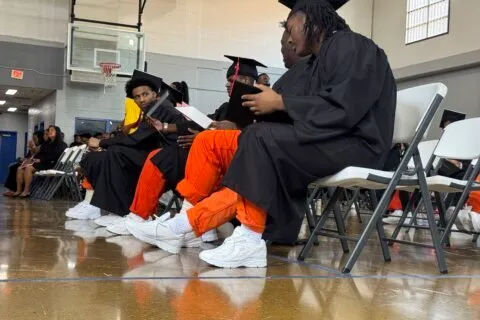

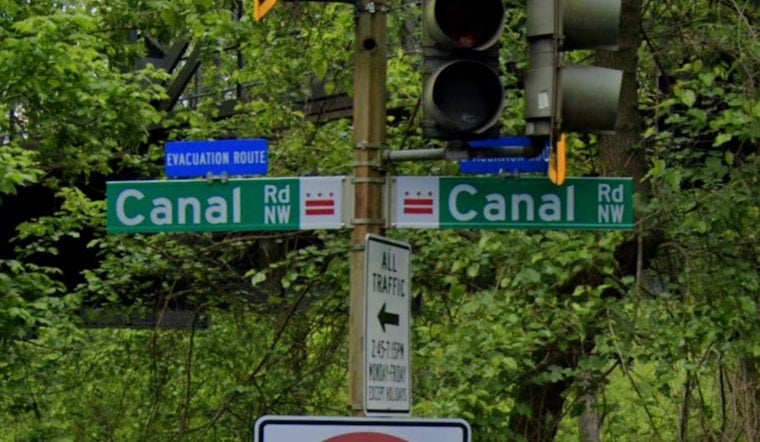
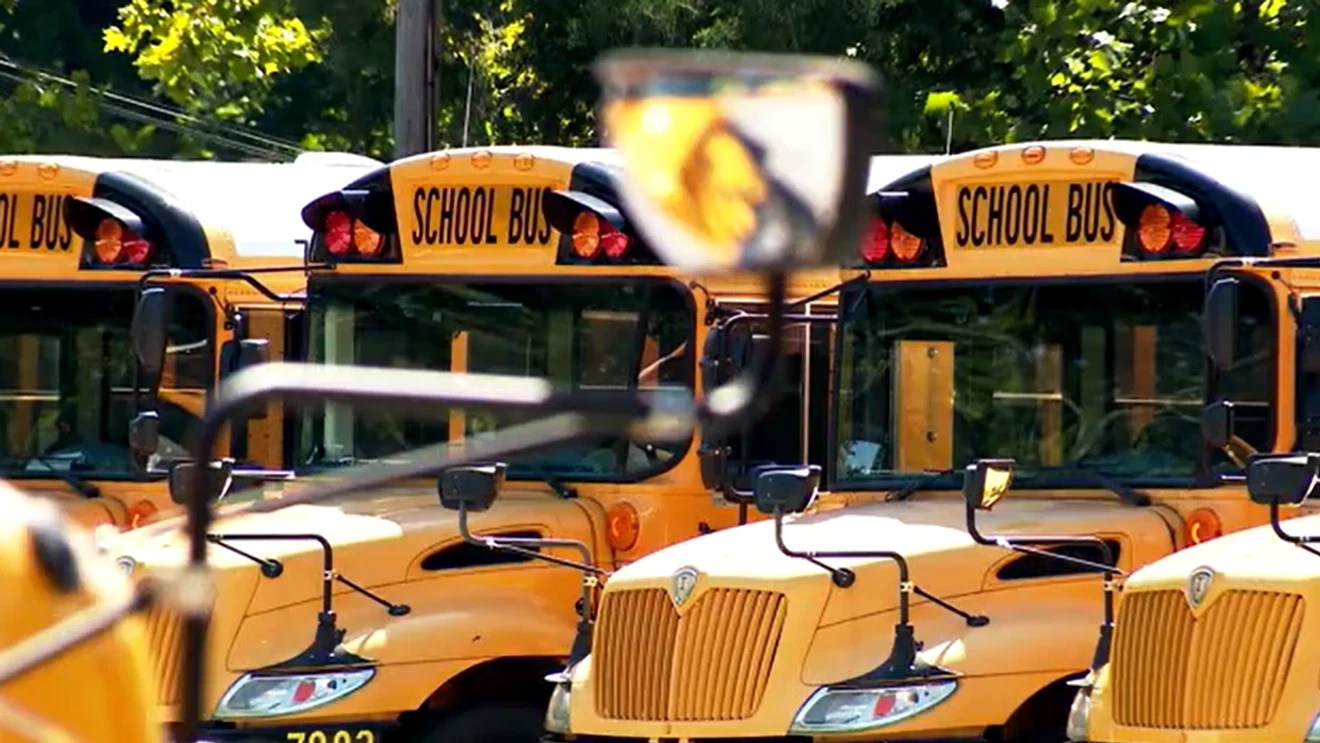
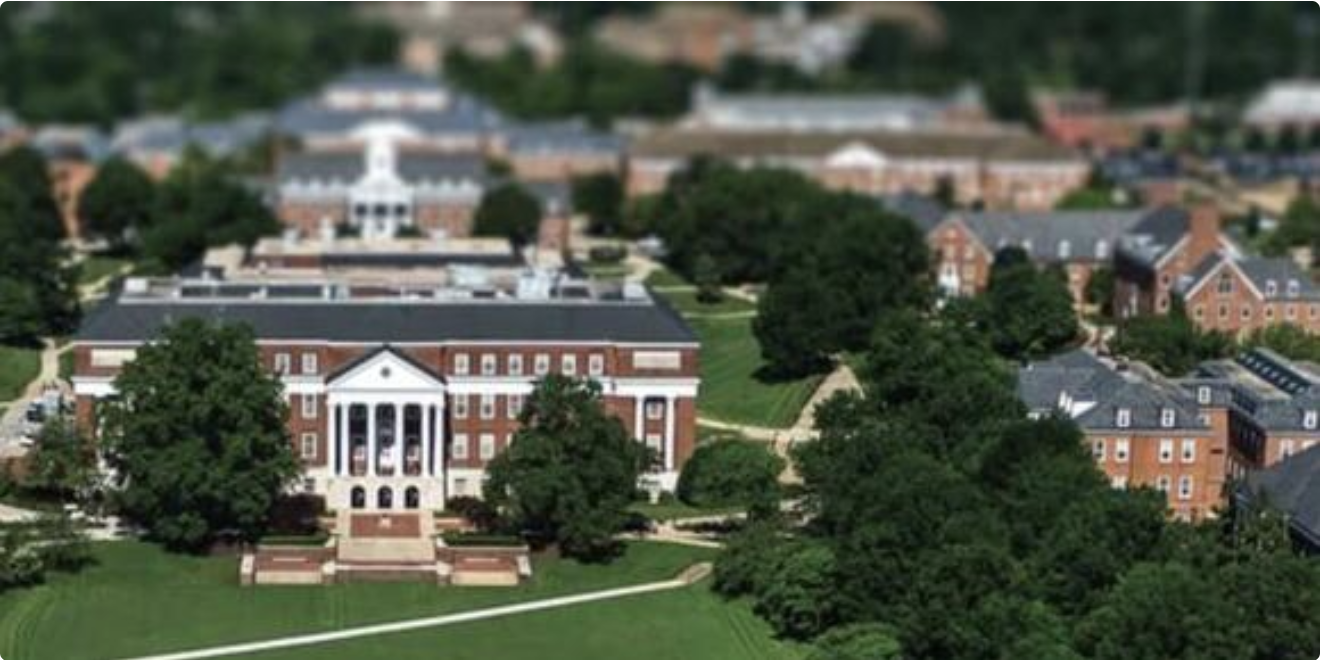
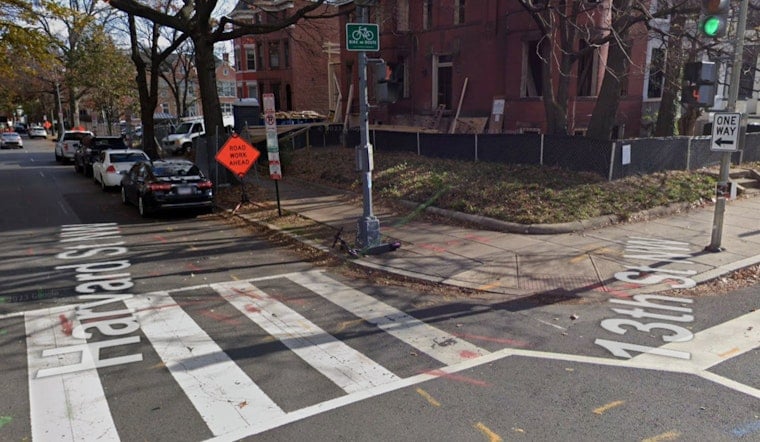
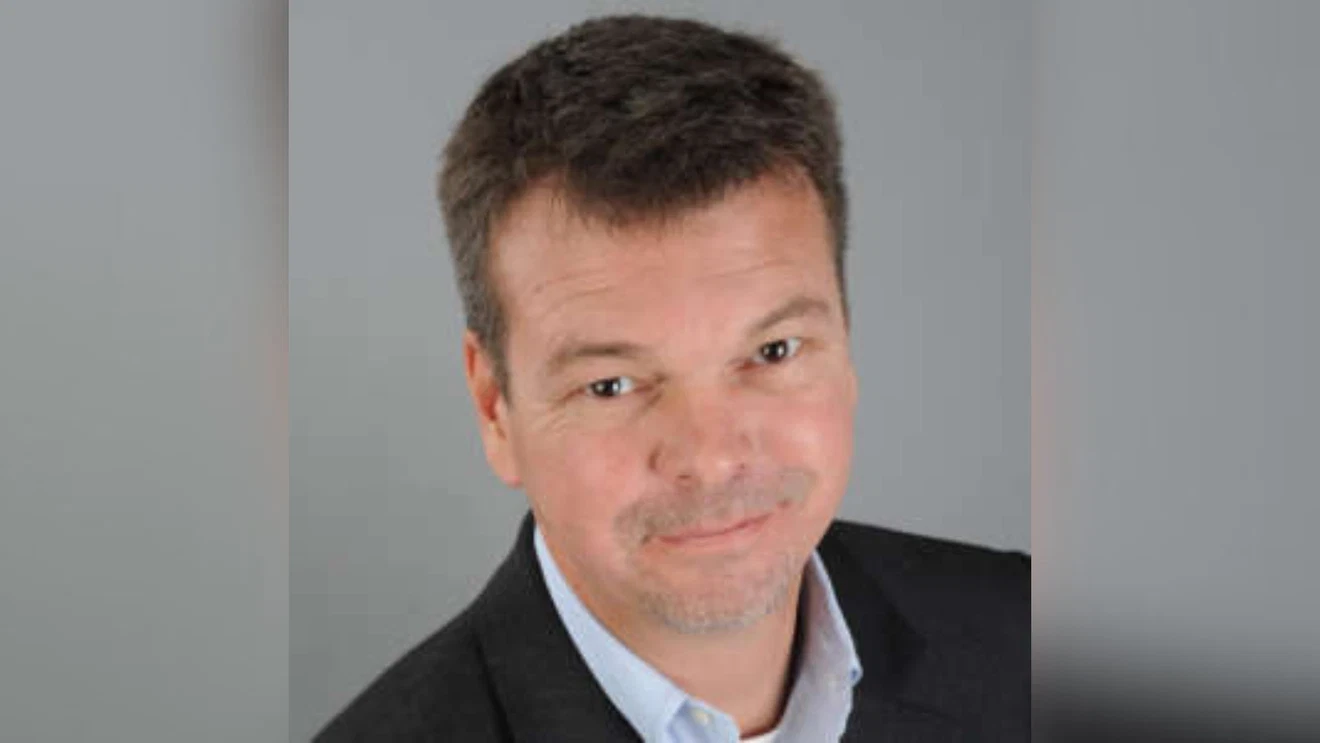
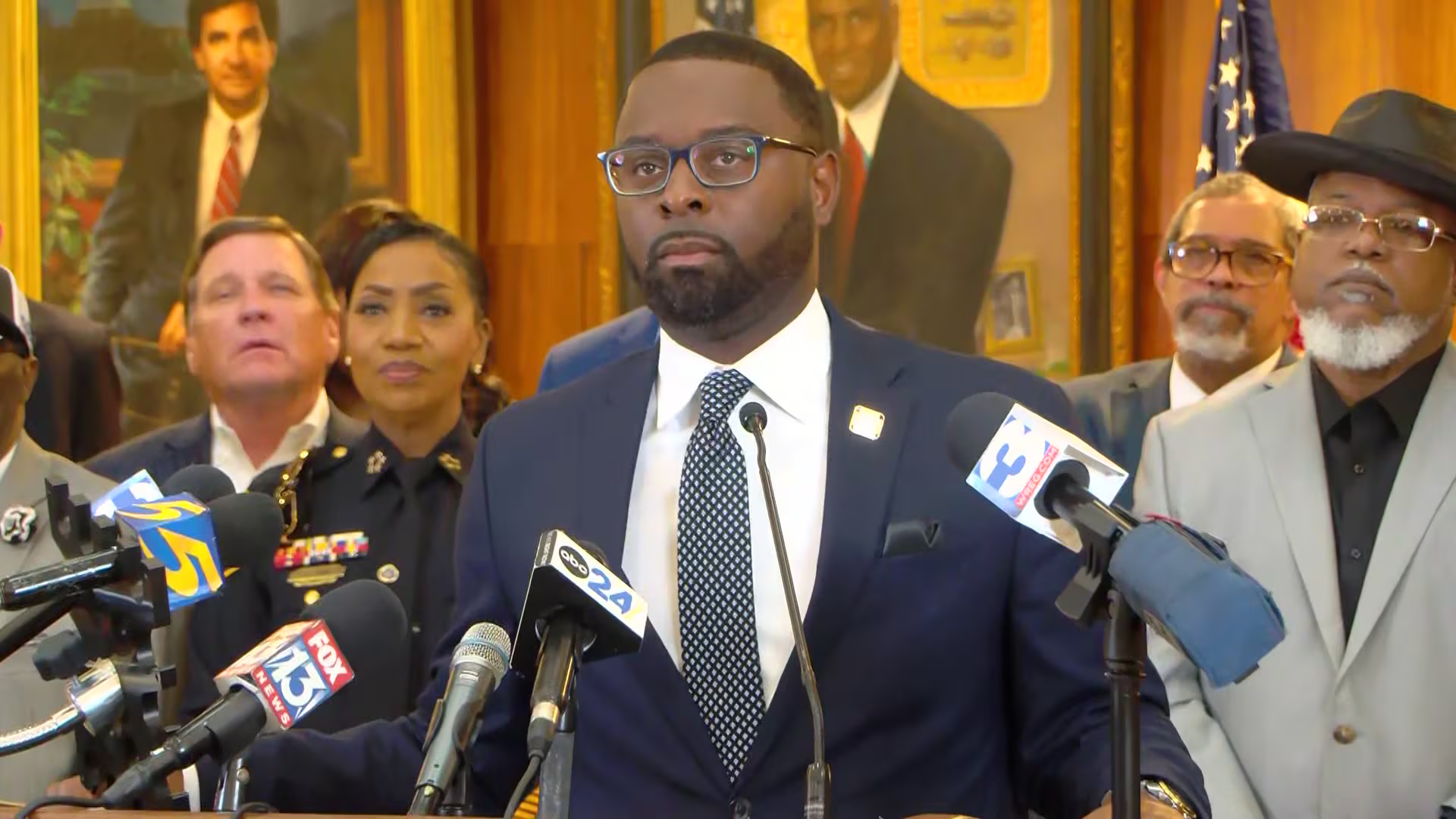
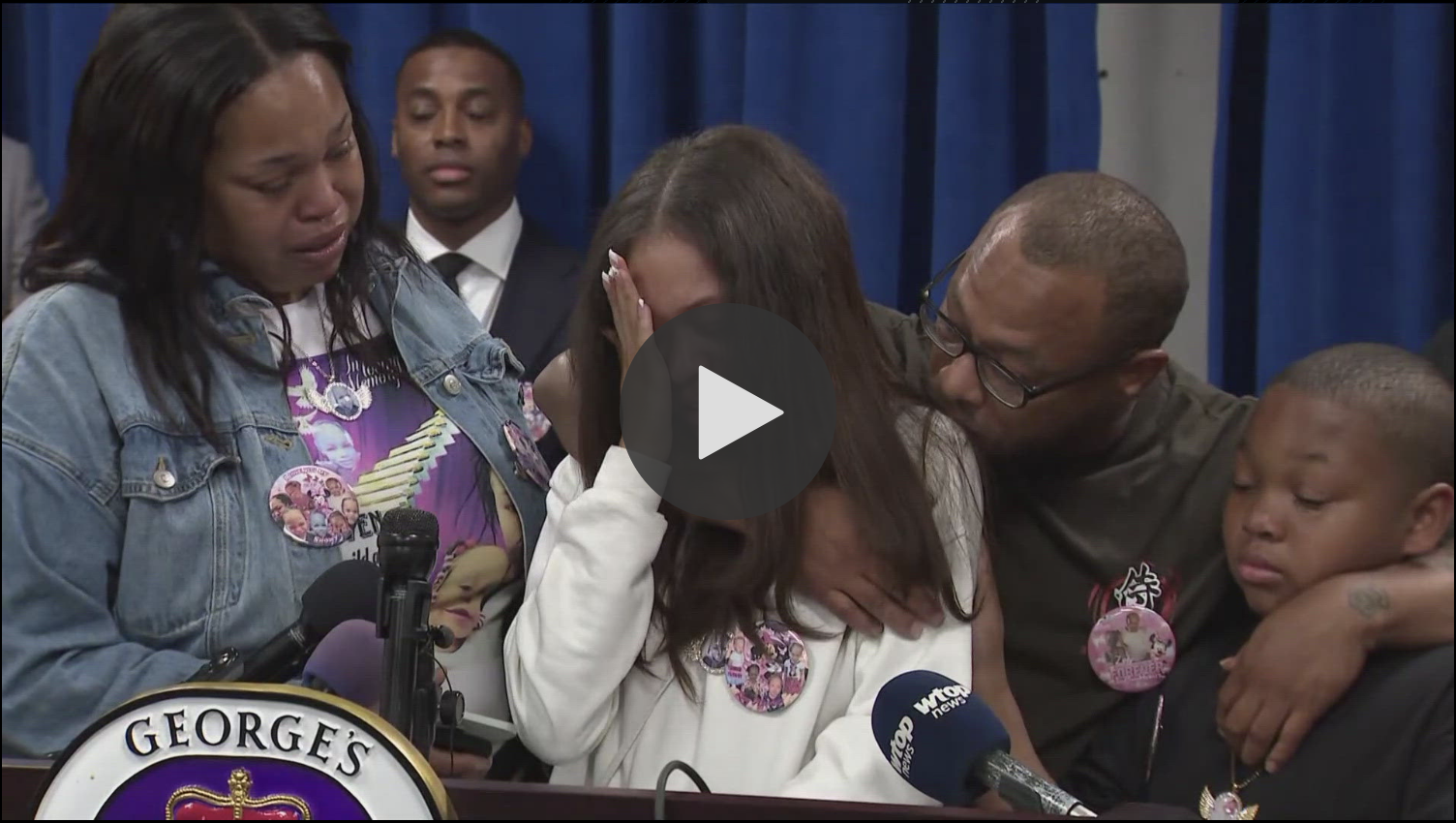

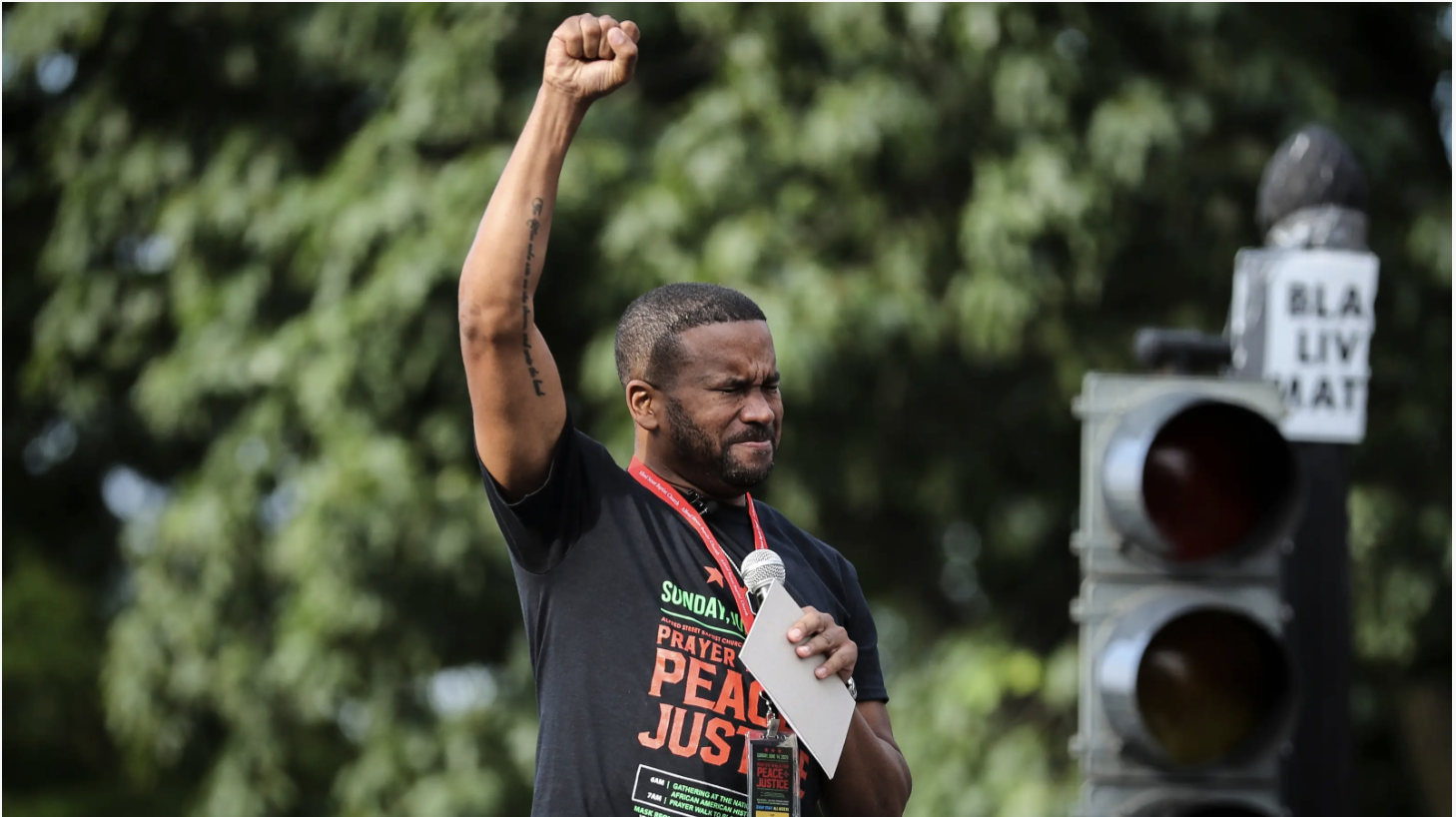
Leave a Reply